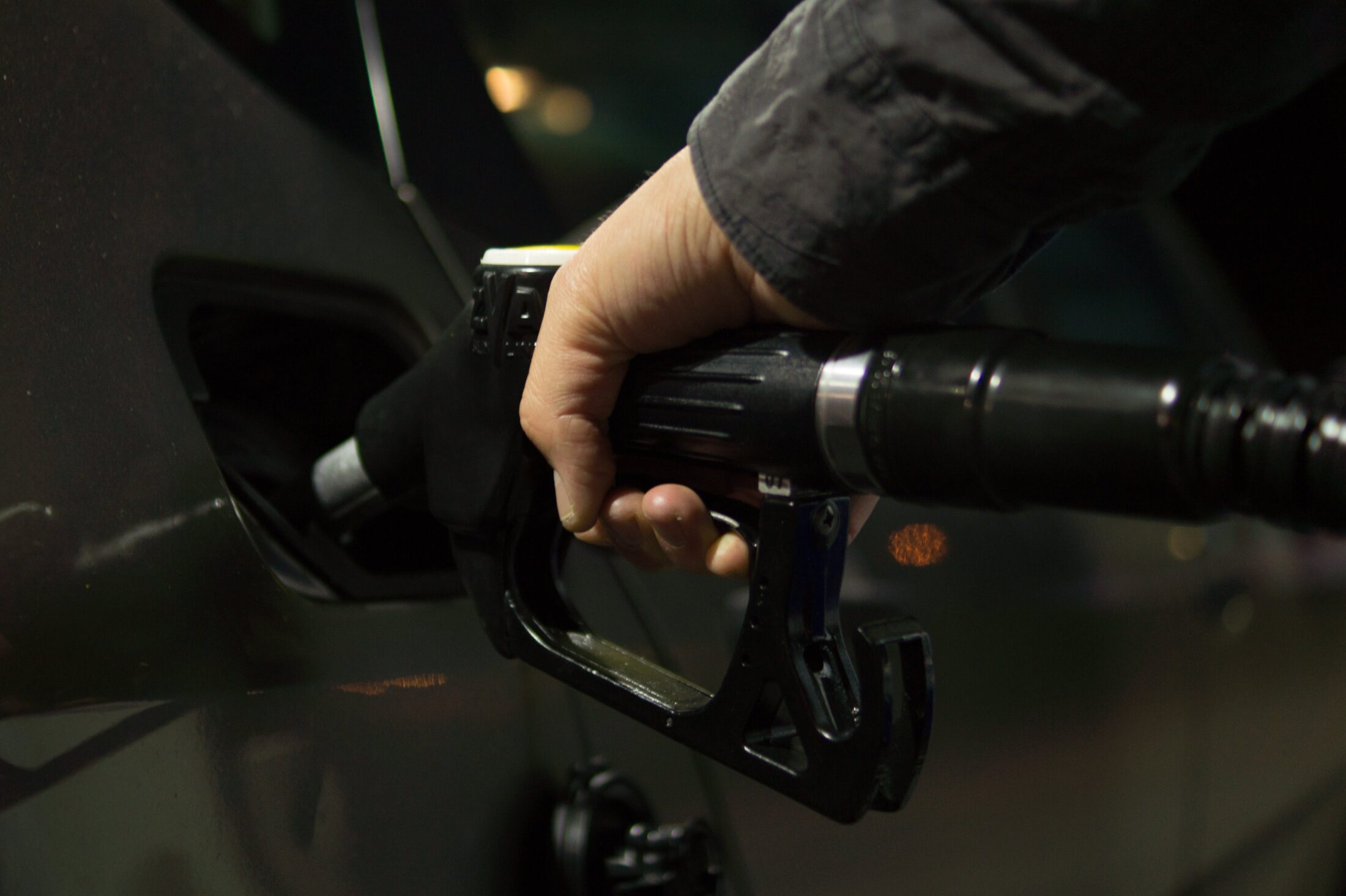Section 1: The Prowess of Petrol and Diesel
Pro: Proven Technology and Infrastructure
Petrol and diesel engines have a long and proven track record, with decades of refinement and technological advancements. The existing infrastructure, including gas stations worldwide, caters predominantly to vehicles with internal combustion engines. This familiarity provides a sense of convenience and accessibility for drivers, making petrol and diesel vehicles a practical choice for many.
Pro: Extended Driving Range
One notable advantage of traditional combustion engines is their extended driving range. Petrol and diesel vehicles can cover substantial distances on a single tank, making them a preferred choice for those who frequently embark on long journeys. The widespread availability of fuel stations ensures that drivers can refuel conveniently during their travels.
Con: Environmental Impact
Despite their efficiency, petrol and diesel engines contribute significantly to air pollution and greenhouse gas emissions. The combustion of fossil fuels releases pollutants, including carbon dioxide and nitrogen oxides, contributing to climate change and compromising air quality. As environmental awareness grows, the ecological drawbacks of traditional engines become more pronounced.
Section 2: The Rise of Electric Cars
Pro: Zero Emissions and Environmental Sustainability
Electric cars have gained traction as an eco-friendly alternative, boasting zero tailpipe emissions during operation. The transition to electric vehicles aligns with global efforts to combat climate change, reduce air pollution, and foster environmental sustainability. With renewable energy sources powering the electric grid, the overall impact on the environment can be significantly reduced.
Pro: Lower Operating Costs
Electric cars are inherently more energy-efficient than their combustion counterparts, resulting in lower operating costs. The cost of electricity for charging is often less than the price of petrol or diesel, and electric vehicles typically require less maintenance due to fewer moving parts. Over time, these factors contribute to a more cost-effective ownership experience for electric vehicle owners.
Con: Limited Charging Infrastructure
While the electric charging infrastructure is expanding, it still lags behind the extensive network of traditional fuel stations. Range anxiety, or the fear of running out of battery power, remains a concern for some potential electric vehicle adopters. However, ongoing investments and technological advancements are gradually alleviating this issue, making electric cars more viable for a broader audience.
Section 3: The Driving Experience
Pro: Instant Torque and Smooth Performance (Electric Cars)
Electric cars offer a unique driving experience with instant torque delivery and smooth acceleration. The absence of traditional gear shifts results in a seamless and silent ride. Electric vehicles are often praised for their responsive performance, making them an appealing choice for those who appreciate a dynamic and modern driving experience.
Pro: Familiarity and Driving Dynamics (Petrol/Diesel)
For many drivers, the familiarity of combustion engines and the associated driving dynamics are deeply ingrained. The distinctive sound and feel of a traditional engine contribute to the overall driving experience, creating a sense of connection between the driver and the vehicle. For enthusiasts, the heritage and culture surrounding petrol and diesel cars are integral to the appeal.
In conclusion, the choice between petrol/diesel and electric cars is multifaceted, influenced by factors such as environmental considerations, infrastructure, and driving preferences. While traditional combustion engines offer a proven and familiar experience, electric vehicles present an environmentally conscious and increasingly practical alternative. As technology continues to advance and infrastructure expands, the automotive industry stands at the crossroads of innovation, with consumers navigating the path toward a more sustainable and efficient future.



